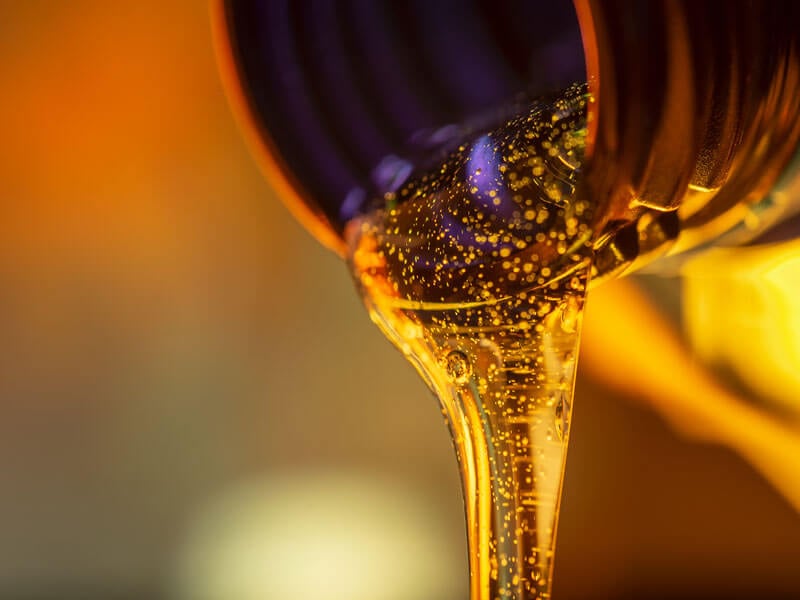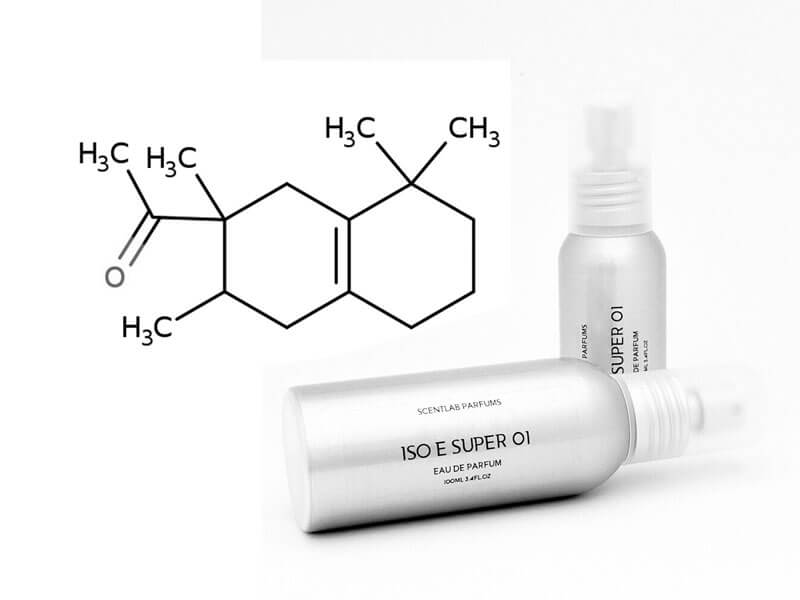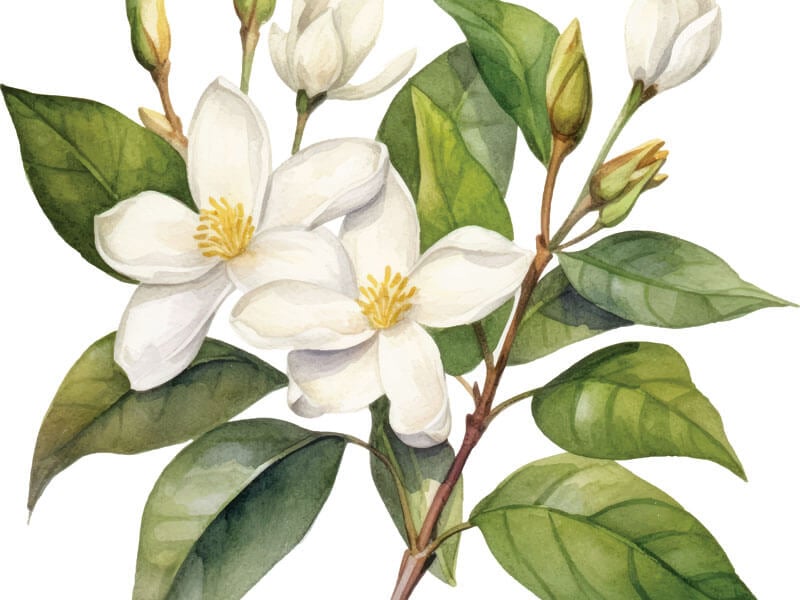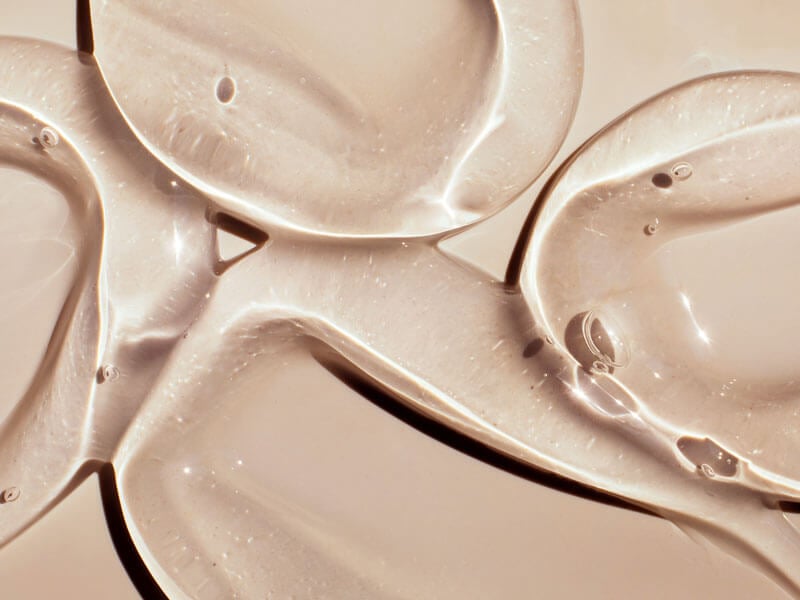The age-old debate between natural and synthetic components continues to captivate enthusiasts. Many lean towards the raw, unadulterated embrace of nature over the precision and innovation of modern science. However, have you ever considered that these "all-natural" perfumes may not be as natural as they seem? The term 'natural' has gained increasing prominence in the world of perfume brands as consumers pay closer attention to what they apply to their skin today.
It's commendable to be environmentally conscious, but there's a prevailing misconception that synthetic fragrances are detrimental to the environment and harmful to your skin. Contrary to popular belief, synthetic components have brought consistency to the ever-fluctuating realm of natural fragrances and extended the lifespan of perfumes. Today's finest fragrances comprise a fusion of natural and synthetic materials, with the latter often constituting as much as 70% of the formula. For instance, Houbigant's Fougère Royale incorporates synthetic coumarin, and another beloved fragrance, Chanel No 5, features signature aldehyde notes.
So, for those pondering the merits of one over the other or wondering why they should choose one, the answer lies in comprehending the utilization of natural and synthetic ingredients in perfumes.
Natural Perfume Components:
Nature has always been the original perfumer, bestowing upon us aromatic tales through its flowers, resins, woods, and even creatures. However, when you encounter the term 'natural' in a fragrance, it typically denotes a blend of intricate compounds derived from natural aromatics. These aromatics are often sourced from flowers, plants, trees, or animals, and replicating them can be nearly impossible, even if you locate the same sources for the notes. Yet, it's important to acknowledge that natural fragrances exact a toll on the environment.
Typically, a 100% natural fragrance encompasses a limited range of notes (usually no more than 500) extracted from various sources through methods like steam distillation, solvent extraction, or expression.
Sources and Ingredients of Natural Fragrances:
Plants & Flowers: These are perhaps the most recognized sources in perfumery, offering a diverse range of scents. Roses, known as the "queen of flowers," have delighted perfumers for centuries with their delicate aroma. Jasmine, with its intoxicating, sensual scent, is often associated with romance and mystery. Lavender, celebrated for its calming properties, imparts a fresh, floral-herbaceous aroma, while geranium offers a rosy scent with minty undertones, often used to provide balance.
Woods & Barks: Woods are another major source of natural fragrances, lending depth, warmth, and longevity to fragrances. Sandalwood, prized for its creamy, woody scent, frequently finds its place in oriental and woody fragrances. Cedarwood, with its dry and clean profile, adds a grounding note, while patchouli, earthy and rich, introduces an exotic touch.
Resins & Gums: These aromatic substances ooze from certain trees and plants, often infusing fragrances with a deep and resinous note. Resins serve as excellent preservatives for the essential oils of trees and plants. Frankincense, sourced from the Boswellia tree, offers a balsamic, woody aroma with a hint of citrus. Myrrh, a resin from the Commiphora tree, provides a slightly sweet, smoky, and bitter scent.
Citrus Fruits: Citrus or citric acid brings a tangy freshness to perfumes, and they have been utilized as natural sources for a long time. They lend a fresh, uplifting start to many fragrances. Bergamot, a green citrus fruit, often serves as the opening note in classic colognes, while lemon and orange introduce zestiness and vivacity.
Animal-derived Elements: These elements are often used as base notes, contributing depth and longevity to perfumes. Musk, originally obtained from the musk deer, exudes a warm, sensual aroma. Today, due to ethical and sustainability concerns, synthetic alternatives are more commonly used. Ambergris, a rare secretion from sperm whales, imparts a sweet, woody note, while civet, extracted from the African civet cat, bestows a deep and musky aroma. Similar to musk, its synthetic alternatives are now preferred due to ethical considerations.
Why Natural Perfume Components are Beneficial:
Authenticity: The multifaceted profiles of natural ingredients offer depth and richness, evoking authentic sensory experiences.
Traditional Sprays: Incorporating nature's bounty pays homage to age-old perfume crafting practices and traditions.
Why Natural Perfume Components May Have Drawbacks:
Sustainability Issues: The demand for certain ingredients, such as sandalwood or rosewood, can lead to over-harvesting, endangering these species.
Variability: Factors like climate changes, soil conditions, and harvesting methods can result in variations in the scent profile of natural ingredients.
Allergens: Despite their natural origin, some ingredients, like oakmoss or certain floral extracts, can trigger allergic reactions in sensitive individuals.
Exploring the layers of natural components is akin to taking a serene walk through a fragrant garden. Each note, whether floral, woody, or animalic, whispers tales of nature's majesty, reminding us of the delicate balance between beauty, ethics, and sustainability. As we savor these natural symphonies, it's crucial to approach them with both admiration and responsibility.
Synthetic Perfume Components:
Synthetic components have often been unfairly vilified due to various misconceptions circulating on the internet. Contrary to popular belief, synthetic does not equate to "inferior," "toxic," or "harsh chemical." These man-made chemical compounds closely replicate natural fragrances. In many ways, synthetic compounds have allowed us to push the boundaries of perfumery without harming the environment.
Sources and Ingredients of Synthetic Fragrances:
Over a century has passed since chemistry entered the world of perfumery, forever changing it. Synthetic perfume components are crafted in state-of-the-art laboratories using both chemical and natural substances. These ingredients often result from meticulous research and innovation. While some synthetic components may not offer the same benefits as their natural counterparts, such as essential oils or aromatherapy oils, they excel in the world of fragrances.
Man-made Molecules and Compounds:
Aldehydes, with their waxy, citrusy, and sometimes floral facets, gained popularity through the iconic Chanel No. 5. Iso E Super emanates a cedar-like, woody scent and has become a cornerstone in modern fragrances. Ambroxan, a synthetic alternative to ambergris, boasts a warm, ambery aroma and is frequently used to enhance sillage and longevity. Calone introduced the world to the aquatic genre of perfumes with its marine, melon-like scent profile.
Recreations of Natural Scents: Sometimes, it's about capturing the essence of natural ingredients without harvesting them. These recreations of natural ingredients save time and money for creators, allowing them to offer affordable alternatives to natural fragrances. Vanillin, a recreation of the delightful vanilla scent, is perhaps the most recognized synthetic aroma. Hedione, which mimics the airy freshness of jasmine, has found its way into numerous fragrances.
Entirely New Aromas: Synthetic components haven't solely focused on replication. They have introduced entirely new notes that





